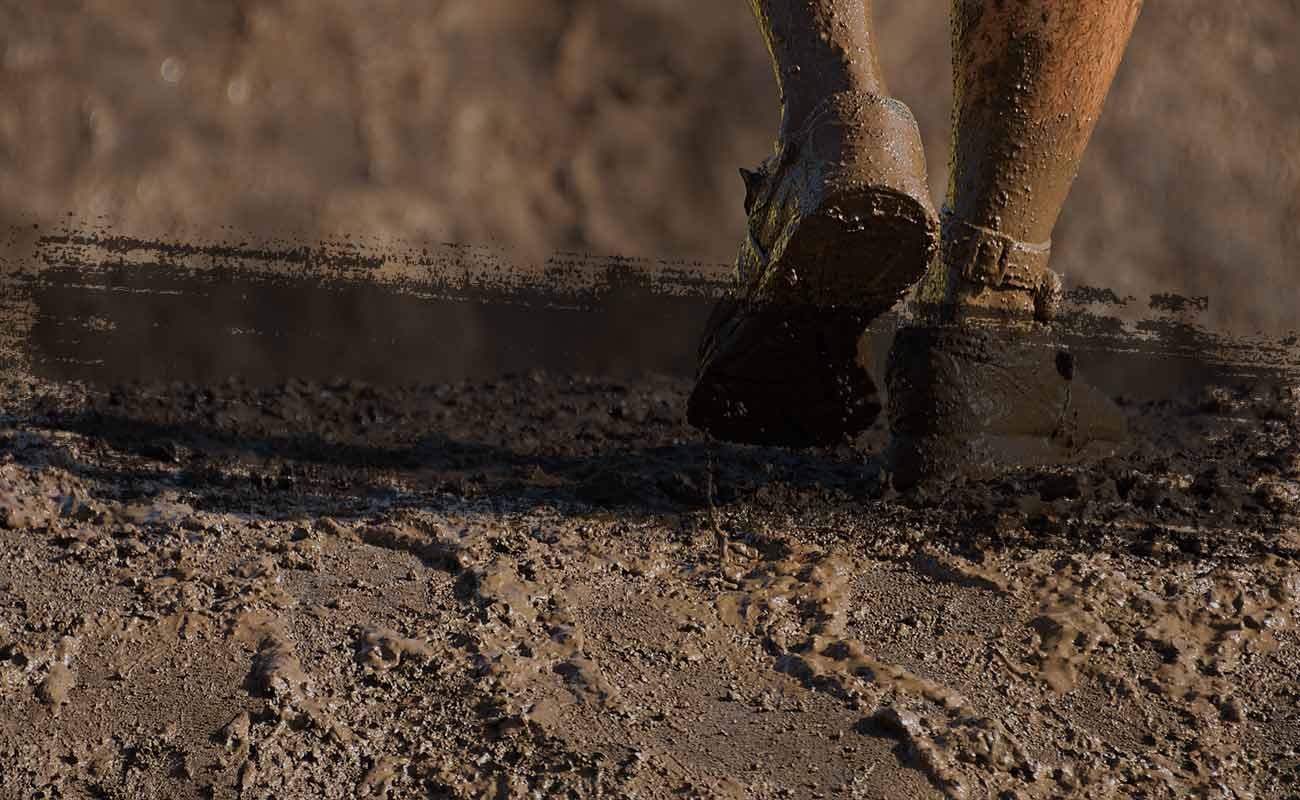
Effective Ways to Prevent a Partial Tear in Plantar Fascia
Plantar fasciitis is a common and painful condition that affects many athletes, especially runners and triathletes. If left untreated, it can lead to a partial tear in the plantar fascia, which can be debilitating. In this guide, we’ll explore several effective ways to prevent such injuries and keep you on track with your fitness goals.
What is Plantar Fasciitis?
The plantar fascia is a thick band of tissue that runs across the bottom of your foot, connecting your heel bone to your toes. Plantar fasciitis occurs when this tissue becomes inflamed, causing heel pain, especially when you take your first steps in the morning.
Symptoms of a Partial Tear
A partial tear in the plantar fascia is more severe than plantar fasciitis and often results in significant discomfort and mobility issues. Here are the key symptoms and additional details to help identify this condition:
- Sharp pain in the heel or arch: This pain is typically intense and localized, often exacerbated by physical activity or after periods of rest.
- Swelling and bruising: You may notice visible swelling and bruising around the heel or arch area, indicating inflammation and tissue damage.
- Difficulty walking or bearing weight on the affected foot: The pain and damage make it challenging to walk or stand, often leading to limping or an altered gait to avoid putting pressure on the injured area. This can significantly impact daily activities and exercise routines.
If you experience these symptoms, it’s crucial to seek medical advice for proper diagnosis and treatment, as ignoring a partial tear can lead to more severe complications.
Prevention Tips for Plantar Fascia Tears
Plantar fascia tears are common injuries that can cause significant pain and hinder your daily activities. Taking proactive steps can help you avoid this condition and keep your feet healthy. Here are some tips to prevent plantar fascia injuries:
1. Proper Footwear
Wearing proper footwear is crucial in preventing plantar fascia injuries and ensuring overall foot health. The right shoes can provide the necessary support and cushioning to reduce strain on the plantar fascia and other foot structures. Here are some key features to look for:
- Good Arch Support: Shoes with good arch support help distribute pressure evenly across your feet, reducing the risk of overloading any specific area. This is particularly important for individuals with flat feet or high arches.
- Cushioned Soles: Adequate cushioning in the soles can absorb impact forces when walking or running, providing a buffer that protects the plantar fascia from excessive stress. Look for shoes with materials that offer superior shock absorption.
- Adequate Heel Support: Proper heel support is essential to maintain alignment and reduce strain on the Achilles tendon, which can indirectly affect the plantar fascia. Shoes with a stable heel counter can help prevent excessive heel movement and provide better overall stability.
- Breathability: Shoes made from breathable materials help keep your feet dry and comfortable, reducing the risk of blisters and fungal infections. This is especially important for athletes or individuals who are on their feet for extended periods.
- Proper Fit: Ensuring that your shoes fit well is crucial. Shoes that are too tight can cause pressure points and restrict natural foot movements, while shoes that are too loose can lead to instability and increase the risk of injury.
By paying attention to these details and choosing footwear that meets these criteria, you can significantly reduce the risk of plantar fascia injuries and keep your feet healthy and pain-free.
2. Stretching and Strengthening Exercises
Keeping your feet, calves, and Achilles tendons flexible and strong is crucial in preventing injuries. Implementing a consistent routine that includes stretching and strengthening exercises can greatly reduce your risk of injury and improve overall foot health. Here’s a detailed guide to some effective exercises you can incorporate into your routine:
Calf Stretches
Calf stretches are essential for maintaining flexibility and relieving tension in the Achilles tendon.
- Stand facing a wall, with your hands pressed against it for support.
- Position one foot forward, close to the wall, and extend the other leg back, keeping the heel of the back foot firmly on the ground.
- Lean into the wall until you feel a stretch in the calf of the extended leg.
- Hold the stretch for 20-30 seconds, making sure not to bounce, as this can cause injury.
- Switch legs and repeat the stretch.
- Perform this stretch 2-3 times for each leg to ensure adequate flexibility.
Toe Stretches
Toe stretches improve the flexibility of the toes and the plantar fascia itself, promoting better foot mechanics.
- Sit comfortably with one leg crossed over the other, allowing easy access to your toes.
- Using your hand, gently pull your toes toward your shin until you feel a stretch along the bottom of your foot.
- Hold this position for 20-30 seconds.
- Release and repeat the stretch on the other foot.
- Aim to complete 2-3 stretches per foot daily for optimal results.
Towel Curls
Towel curls are an excellent way to strengthen the muscles in your feet and improve overall foot stability.
- Sit on a chair with your feet flat on the floor.
- Place a small towel on the ground in front of you.
- Using your toes, scrunch the towel towards you, curling it up as much as possible.
- Continue this exercise for 2-3 minutes on each foot.
- Repeat this exercise 2-3 times a day for best results.
Incorporating these exercises into your daily routine will not only help in preventing plantar fascia tears but also contribute to overall foot health and performance. Make sure to perform these exercises regularly to maintain flexibility and strength in your lower extremities.
3. Gradual Increase in Activity Level
To reduce the risk of injuries and overtraining, avoid sudden increases in mileage or intensity in your training regimen. Start by increasing your activity level incrementally, for example, by adding no more than 10% to your weekly mileage. This gradual build-up allows your muscles, tendons, and joints to adapt to the increased demands.
Pay attention to your body’s signals, taking extra rest days or reducing intensity if you experience pain or excessive fatigue. Incorporating cross-training activities, such as swimming or cycling, can also help strengthen different muscle groups and provide a balanced approach to improving your overall fitness.
4. Maintain a Healthy Weight
Excess weight puts additional stress on your feet, leading to discomfort and potential injuries. By maintaining a healthy weight through a balanced diet and regular exercise, you can significantly reduce your risk of developing plantar fascia issues. Incorporate activities such as walking, swimming, and strength training to help manage your weight effectively.
Additionally, eating a diet rich in fruits, vegetables, lean proteins, and whole grains can support overall health and keep your body functioning optimally. Remember, even small weight loss can make a big difference in reducing the strain on your feet and improving your overall quality of life.
5. Use Orthotics
Custom orthotics can provide additional arch support and significantly reduce strain on your plantar fascia, helping to alleviate pain and prevent further injury. These specially designed inserts can be tailored to fit the unique contours of your feet, ensuring optimal support and comfort. By distributing pressure more evenly across your feet, orthotics can also improve your overall foot alignment and posture.
To determine if orthotics are right for you, consult with a podiatrist who can assess your individual needs and recommend the best type of orthotics for your condition. The podiatrist may also take molds or scans of your feet to create custom orthotics that address specific issues such as flat feet, high arches, or other biomechanical abnormalities. Regular follow-ups can help monitor the effectiveness of the orthotics and make any necessary adjustments to ensure continued relief and support.
6. Listen to Your Body
It’s crucial to be attuned to what your body is telling you, especially when it comes to foot health. Pay close attention to any signs of discomfort, pain, or unusual sensations in your feet. This could include persistent soreness, sharp pains, swelling, or even subtle changes in how your feet feel during or after physical activity.
Early intervention can prevent minor issues from becoming serious injuries. For instance, if you notice a small blister forming, addressing it immediately can prevent it from becoming a larger, more painful problem. Similarly, a slight ache could be a warning sign of a developing condition like plantar fasciitis or a stress fracture. Ignoring these early signs can lead to more severe and complicated injuries, which might require longer recovery times and more intensive treatment.
Regularly inspect your feet for any visible changes, such as redness, swelling, or changes in skin texture. Make it a habit to perform self-checks, particularly after long periods of standing, walking, or exercising. If you experience persistent or severe discomfort, don’t hesitate to consult a healthcare professional. Proactive care and attention to your body’s signals are key to maintaining overall foot health and preventing potential injuries.
When to Seek Professional Help
If you experience persistent pain or suspect a partial tear, it is crucial to consult a medical professional immediately. Ignoring these symptoms can lead to more severe injuries and long-term damage. Early treatment can prevent further harm, reduce inflammation, and significantly speed up the recovery process.
A healthcare provider can offer a thorough diagnosis through physical examinations and imaging tests, such as MRIs or ultrasound. They can also create a tailored treatment plan that may include medications, physical therapy, or even surgical interventions if necessary.
Don’t delay seeking help; addressing the issue promptly ensures a quicker and more effective recovery, allowing you to return to your regular activities with minimized risk of complications.
Conclusion
Preventing a partial tear in the plantar fascia involves a combination of proper footwear, regular stretching, gradual training increases, weight management, and listening to your body. By following these tips, you can reduce your risk of injury and continue to enjoy your athletic pursuits.
Stay Ahead of Your Foot Health
We hope you’ve found this comprehensive guide helpful in preventing partial tears in the plantar fascia and maintaining overall foot health. But don’t stop here! Sign up for our newsletter for more expert advice, practical tips, and in-depth articles to help you take the best care of your feet and enhance your athletic performance.
Join our community to stay informed and empowered, ensuring you have the knowledge you need to prevent injuries and excel in your activities. Don’t wait—subscribe to our newsletter today and keep your feet happy and healthy!




